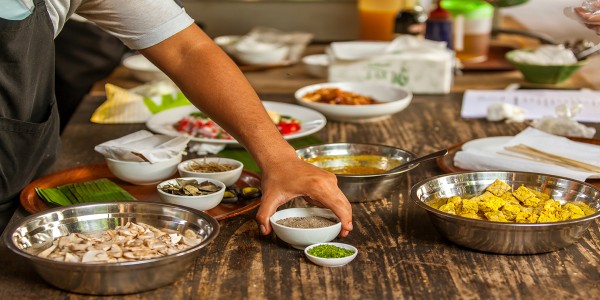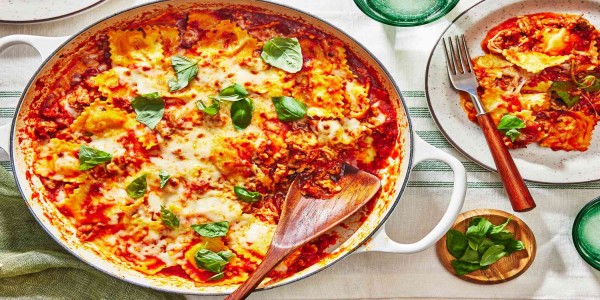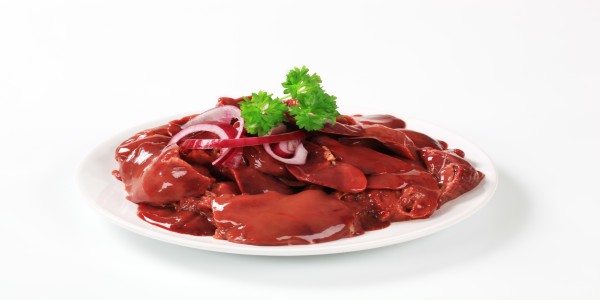How to Prepare the Ideal Steak and Achieve the Ideal Sizzle
Because it produces some of the best beef in the world, Scotland has long enjoyed a prominent place on the gastronomic globe. Even so, many of us still struggle to get that signature sizzle—the first sign of something incredibly satisfying—whether we cook steak at home or even when we order it out.
Steak is more than simply a piece of meat in today's society, where diners are pickier than ever. It is a statement. From its farm-raised beginnings to its ultimate sear in your kitchen or on a restaurant grill, steak has come to represent quality, openness, and yes, decadence.
The Source of Your Steak Is Important
As conscious consumerism grows, we are purchasing more than simply meat; we are purchasing a narrative. Consumers want to know how their beef was treated, where it came from, and if the price on the label is worth it. These days, value for money is more than simply the cut. It is about the terroir, the marbling, the farming ethics, and the flavor experience it offers.
Speak with your neighborhood butcher if you are purchasing meat to prepare at home. They may also suggest a marrow bone, which is ideal for a rich, golden stock or gravy that will enhance your Sunday roast, in addition to suggesting cuts that are customized to your preferences (perhaps something different from the typical sirloin or fillet). Butchers possess extensive understanding about meat. They are aware of what is worth spending money on, what is in season, and what is underappreciated.
In restaurants, do not be afraid to ask questions.
It can be expensive to order steak at a restaurant, especially a top cut like rib-eye. Why, therefore, do we wait to inquire about it before it is on the grill? Why accept mystery foods with a fancy name if we would not purchase shoes without trying them on?
It is polite to ask to see the cut or to find out more about where it came from. It demonstrates respect for your personal taste, the ingredient, and the skill. It also shows how supplier chains, dietary requirements, and menu openness are becoming more widely recognized. Not to mention allergies—milk proteins or other unanticipated allergens may be present in some processed meats. Even though actual beef allergies are uncommon, it is still a good idea to be aware.
The Flavour Begins with the Sizzle
There is one golden rule when it comes to grilling steak: heat is where flavor begins. Chemistry is more important to a piping hot pan, grill, or barbecue than showmanship. The caramelized crust, the Maillard process, and the hiss of moisture hitting metal all contribute to the symphony of sizzle that occurs when a steak turns into steak.
Although salt is frequently used as a condiment, feel free to try other herbs, spices, marinades, and rubs. Before the sear, consider adding smoked paprika, black garlic, oil flavored with rosemary, or even a dab of Dijon mustard. Flavor layers give depth. Additionally, you get to be the composer while you cook at home.
Doneness Advice: Do not Be Afraid of the Pink
Now let us discuss doneness. Everyone has different preferences, such as well-done, medium, medium-rare, or rare, but for those who love their steak cooked to perfection, try turning it down a notch. Try medium-well the next time if you typically go well-done. Then medium, perhaps.
More of the steak's natural juices are retained when it is cooked a little less, giving it a flavor and tenderness that cannot be replicated once the moisture has been removed. You might find your new favorite method to eat steak if you ask the service if you would like to try something different when you are eating out. And if you do not want it? A competent cook will gladly return it to the heat without passing judgment.
Wine Pairing: It is Time to Break the Rules
The ideal wine match is influenced by the mood as much as the food. where you are. with whom? the actions of the weather. And perhaps above all, who is paying the bill?
Three easy, sensual stages, in my opinion, are what constitute true wine-and-food synergy:
The pleasant twist of a screw cap (which, let us face it, is now a perfectly respectable alternative) or the soft pop of a cork.
That reverberating splash that fills the glass with promise is the first glug.
The bite-meets-sip moment: a perfectly cooked steak meets the smooth warmth of a fine wine, and for a time, everything is well.
The Cook's Hidden Bonus
A little-known benefit of being in charge of the kitchen? The gooey, caramelized bits—those crispy jewels left behind from a well-roasted joint—are yours to have first dibs on. They are a tiny, decadent reward for your hard work in the kitchen; they are rich, chewy, and bursting with umami. It is well-earned, and I refer to it as the cook's tax.
Conclusion: Taste, Interest, and Self-Belief
Like eating steak, cooking it is a personal experience. The secret is curiosity and confidence, whether of your preference for a spice-rub experiment or a sear-and-sizzle minimalism. Recognize your ingredients. Consult your butcher. Consult your server. And have faith in your palate.
Because steak is ultimately more than simply food—it is theater. It is a science. It is simultaneously both traditional and rebellious. And it is one of the greatest joys of life when done well.









